Report: Polar Park will run $40-60M deficit for Worcester city government
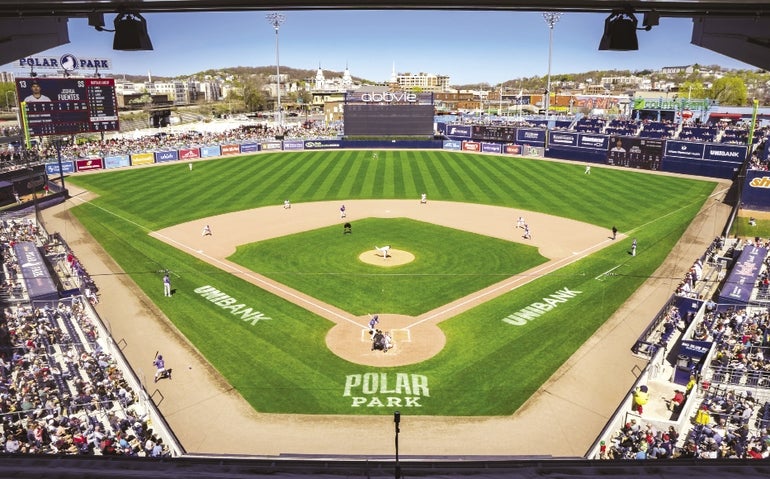 PHOTO | Matt Wright
Polar Park baseball stadium in Worcester
PHOTO | Matt Wright
Polar Park baseball stadium in Worcester
An academic paper from the College of the Holy Cross and Kennesaw State University, written to show the flaws of using a pro forma model to economically justify the building of government-owned sports stadiums in the future, has used the $160-million Polar Park in Worcester as one of two examples of the model’s problems, saying the ballpark will saddle the city government with fiscal deficits between $40 and $60 million.
Economists Robert Baumann of the College of the Holy Cross in Worcester and John Charles Bradbury of Kennesaw State University in Georgia, say in the report the pro forma models used to project the economic output of the Worcester Red Sox stadium project do not produce the kind of economic benefits and impact it touted.
“It is common for stadium supporters to over promise development that does not manifest,” says the report, Estimating the Fiscal Impact of Stadium Developments: Evaluating a Pro Forma Model, which was released Monday.
In response to the report, Andrew Zimbalist – the sports economist from Smith College in Northampton who the City of Worcester paid $80,000 as a consultant in 2018 on the stadium deal and developed the pro forma model to prove its economic viability – now says it’s possible the stadium deal won’t work out economically for the City, since much of the stadium-related residential and commercial development he based the pro forma upon has been delayed and reduced in size.
“I haven't seen any data on Worcester's finances since the stadium deal was completed,” Zimbalist told WBJ in an email. “I do know that the estimates I made were based on the completion of the mixed-use development MOUs [memorandum of understanding] that were signed with the development company and that the pandemic significantly slowed the build out. As a consequence, I would not be surprised if the financial outcome, at least so far, is worse than my model projected.”
Despite criticism of the stadium’s economic viability since the time it was announced, the City of Worcester successfully made the first three years of payments on the stadium debt without having to dip into its taxpayer-funded general fund, largely thanks to a $3-million sale of a City-owned property within the district even as government revenues within the stadium tax district were underwhelming. Since it was first proposed, the City has promised the stadium would pay for itself without the need to general taxpayer revenues from outside the stadium district.
The City’s proposed fiscal 2024 budget will make next year’s bond payments without needing to dip into general taxpayer revenues, City Manager Eric Batista told WBJ.
In response to the academic paper showing a $40-$60-million deficit over Polar Park’s lifetime, the City said the project has already begun to pay for itself from the revenue collected inside the district improvement financing (DIF) area around the ballpark.
“Revenues from the DIF are covering expenses and debt related to the ballpark,” the City Manager’s office said in a statement.
The WooSox declined to comment on the report. On Thursday, the team announced Polar Park won the annual fan Best of the Ballparks voted from Ballpark Digest.
The Holy Cross-Kennesaw report
Baumann and Bradbury’s report examines the models used to justify the construction and public funding for the minor leagues baseball stadiums in Worcester and the Atlanta Braves stadium in Cobb County, Georgia, which the report projects will create a $100-$200 million deficit.
Polar Park and Truist Park in Georgia “are not examples of successful stadium developments that generate net positive economic benefits, which provide a model for other communities to emulate,” the report says.
The Worcester and Georgia projects used similar economic models, called pro forma, written by Zimbalist. The model looked at the costs and benefits as well as the creation of additional revenue via taxes, fees, and development in the area around the stadium. In 2018, Zimbalist determined Worcester would benefit from the expansion and the project would eventually pay for itself.
“Indeed, the project promises to generate net funds to support additional city services in the areas of education, infrastructure and security,” Zimbalist wrote in a 2018 Telegram & Gazette op-ed.
What Zimbalist did not include in the study was the possibilities of shortfalls, delays, and cost overruns for construction, all of which has happened due to various factors, including the COVID-19 pandemic in 2020.
While the revenues collected from the DIF include items like parking fees and tax on stadium concession, the plan overwhelmingly relies upon new residential and commercial development happening in the special taxing district around the stadium. At the time Zimbalist wrote the pro forma, the main development proposal was a six-building proposal from Boston developer Madison Properties, which has since been delayed and reduced in scope. The first residential building proposed by Madison Properties was supposed to open in 2021, but is now slated to open this summer. The number of proposed hotels has been reduced from two to one. Construction on the life science building in the left field of Polar Park has been delayed multiple years, and the WooSox have taken over that area until construction begins.
While the Madison developments have been delayed, other unexpected developments have been proposed in the stadium district, which the City has said will bolster the revenues and make up for any shortfalls from the original proposal. The three most notable developments are the seven-story mixed-use building The Cove and the 83-unit Table Talk Lofts, both of which are under construction, along with the newly proposed 58-unit apartment complex on Green Street.
While Zimbalist is not surprised that delays to construction and construction costs were higher than expected and have led to a supposed deficit, Zimbalist still feels the stadium deal will likely work out.
“In the long run,” he said, “I’m not sure it won’t pan out.”
In their report, Baumann and Bradbury’s projection of a $40-$60-million loss over the lifetime of the project is based on their recalculations of Zimbalist’s pro forma model, using figures they say factor in rising construction costs, development delays, and district revenue generation. Their calculations say if the stadium cost stuck to its the original $94.5 million proposed in 2018, the loss would have been $3-$20 million.
Since the cost of the stadium rose to $132 million in January 2020, Bradbury and Baumann say the deficit for the City will be $40-$60 million.
According to the City, the final construction cost for Polar Park ended up being $160 million, which is not the number Bradbury and Baumann used in their report.
The WooSox are now in their third season playing at Polar Park, and the team finished in the top six for paid attendance among the 120 Minor League Baseball in its first two seasons. Those figures would create a combined 894,507 fans coming to the Canal District over those two years, although a Telegram & Gazette report on May 4 pointed out paid attendance is different than the number of fans who attend each game.
As Worcester city officials are steadfast in their belief the stadium will pay for itself, they also tout the ancillary economic benefits that come from fans coming to the district, as well as the extra attention a high-profile business like the Worcester Red Sox brings to the City. As part of their recruiting efforts, Worcester Chief Development Officer Peter Dunn and the Worcester Regional Chamber of Commerce have both said in separate interviews the stadium developments have attracted more developments and businesses to the city.
In their report, Baumann and Bradbury argue ancillary economic benefits like these are limited, particularly as it relates to consumer spending. Their report says consumers who spend money at the stadium is not a net-positive spend, as it instead moves money away from other businesses in the city, which is something models do not account for when looking at the economic impact of stadiums.
“Perhaps residents might value the creation of a stadium district,” the report says. “But patronizing retail shops and restaurants near the venue does not increase the total economic output within the municipality.”
WBJ Web Partners
Halfway through the project, 'Culvert' in centerfield, concrete thirty feet below ground on the hotel side , maybe 'forgot' to get 'blueprints' in 'advance 'of closing the deal
This was the former city manager's 'pipe dream' and the city council bought into it (hook,line, and sinker)
When the casino proposal was voted down by the taxpayers, ' (fearing the same result ) the "leadership 'were 'cunning' enough not to put this out to vote, and forged ahead on their own, and went against all 'experts in this field'. Now the taxpayers are going to' pick up' the shortfall. In over their heads from the beginning, and too arrogant and ignorant to realize it. Doesn't take a degree in 'rocket science' to realize this was 'doomed' from the beginning
Kudo's to WBJ for being the 'voice of sanity' on this throughout


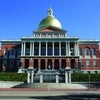




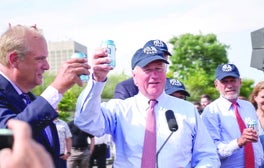
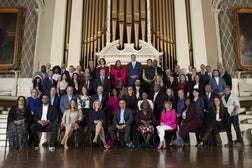
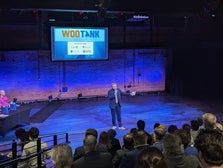



5 Comments